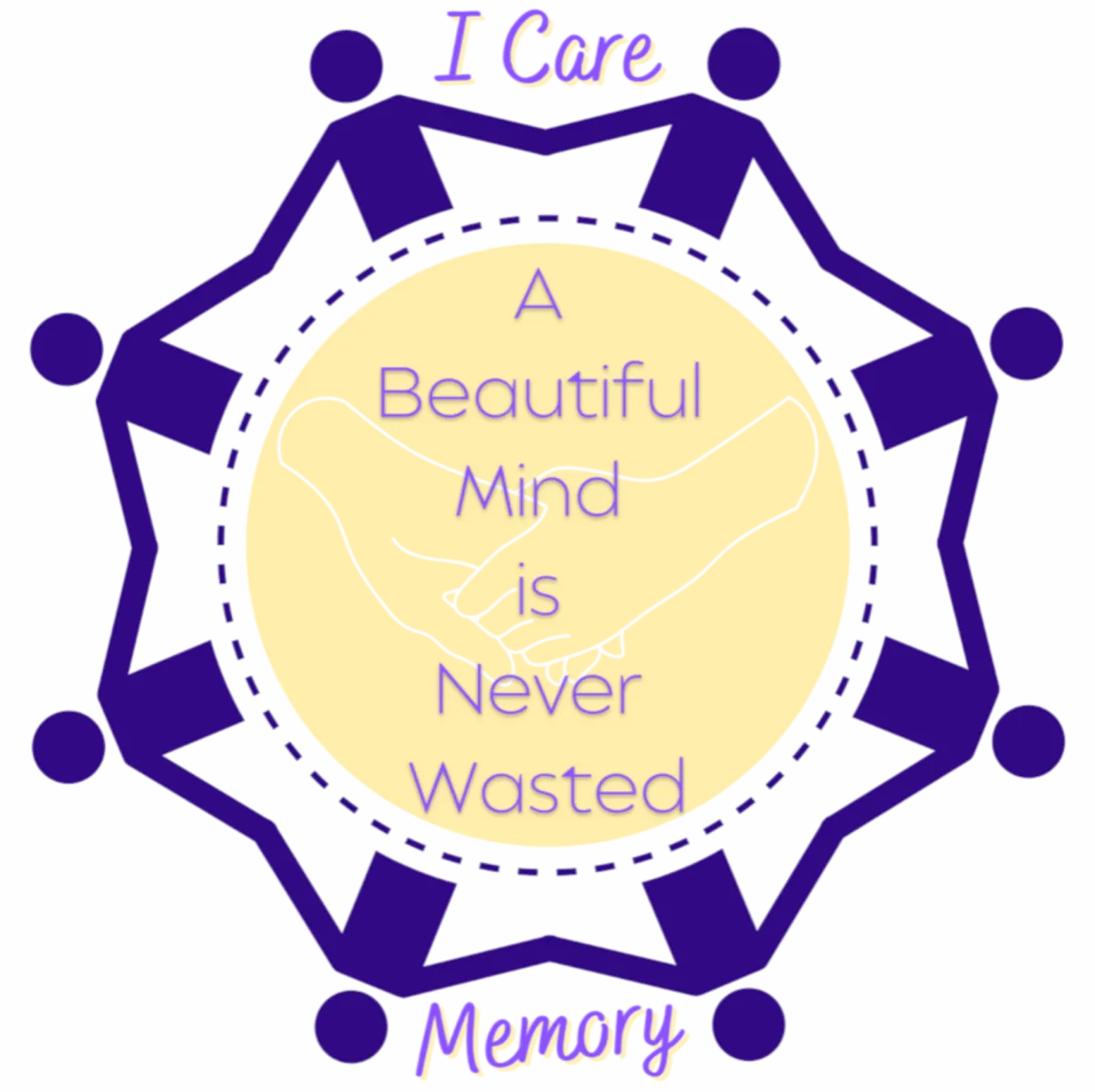
Enhancing Cognitive Engagement Through Dance Therapy
Enhancing Cognitive Engagement Through Dance Therapy
By Donna Gordon
Cognitive engagement is critical to maintaining mental acuity and overall well-being, especially as we age. It actively stimulates the brain through various activities and challenges, promoting cognitive function, emotional health, and a sense of purpose. For individuals facing cognitive decline, such as those with dementia, engaging the mind through dance therapy can be particularly beneficial.
Understanding Cognitive Engagement
Cognitive engagement encompasses activities that challenge the brain, encouraging it to process information actively. This can involve various tasks, including problem-solving, creative expression, social interaction, and learning new skills. Regularly engaging in these activities can help maintain cognitive function, improve memory, and enhance overall cognitive flexibility.
The Role of Dance Therapy
Dance therapy offers a unique and holistic approach to cognitive engagement. It combines physical movement with emotional expression, stimulating multiple brain areas simultaneously. The rhythmic patterns of dance stimulate neural pathways, enhancing memory and cognitive processing speed. Additionally, the creative aspect of dance allows individuals to express themselves non-verbally, fostering a sense of agency and accomplishment.
How Dance Therapy Enhances Cognitive Engagement
Physical and Mental Stimulation: Dance therapy involves learning and remembering movement patterns, stimulating physical coordination and mental processing.
Emotional Expression: Dance provides a safe space for individuals to express their emotions creatively, promoting emotional well-being and reducing feelings of isolation.
Social Interaction: Group dance therapy sessions encourage social interaction and communication, fostering a sense of belonging and community.
Sensory Integration: Dance therapy integrates music, rhythm, and movement, stimulating multiple senses and enhancing cognitive processing.
Reminiscence: Music and movement can evoke memories and emotions, providing opportunities for reminiscence and connection to personal experiences.
Implementing Dance Therapy for Cognitive Engagement
Assessment: Evaluate the physical and cognitive abilities of participants to tailor dance therapy sessions to their specific needs.
Structured Programs: Develop structured dance therapy programs that incorporate various movement exercises, rhythmic activities, and creative expression.
Chair-Based Routines: Utilize chair-based exercise routines to accommodate individuals with mobility challenges, ensuring inclusivity and accessibility.
Music Selection: Choose music that resonates with participants, evoking positive memories and emotions.
Social Engagement: Encourage social interaction and communication during dance therapy sessions, fostering a supportive and engaging environment.
The Impact of Dance Therapy
Studies have shown that dance therapy can significantly impact cognitive engagement, leading to:
Improved memory and attention
Enhanced communication skills
Reduced anxiety and depression
Increased social interaction and sense of community
Improved physical fitness and coordination
Conclusion
Dance therapy is a valuable tool for enhancing cognitive engagement, particularly for individuals facing cognitive decline. By incorporating movement, music, and social interaction, dance therapy provides a holistic approach to stimulating the brain, promoting emotional well-being, and fostering a sense of purpose. As research continues to support the benefits of dance therapy, it is essential to advocate for its integration into assisted living facilities, memory care programs, and community settings, ensuring that individuals with cognitive challenges have access to this enriching and therapeutic intervention.

